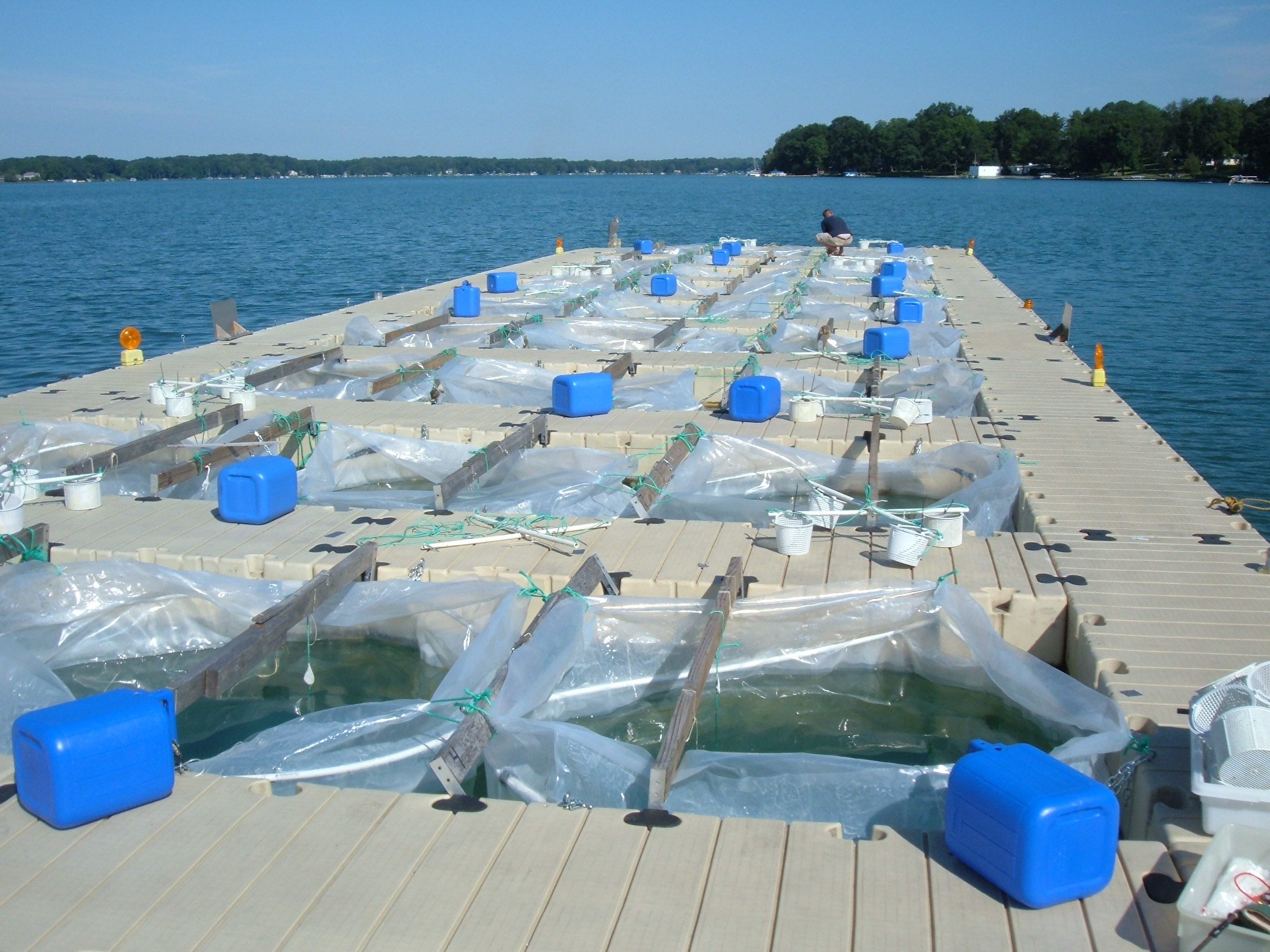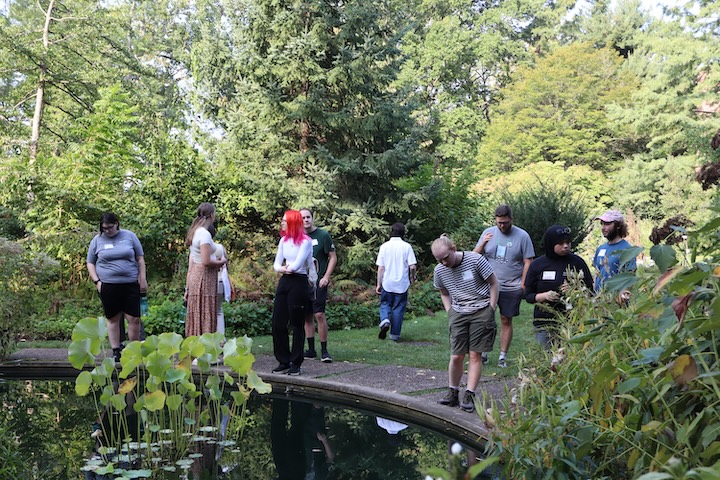Exploring the relationship between zebra mussels and toxic algae
While invasive zebra mussels consume small plant-like organisms called phytoplankton, Michigan State University researchers discovered during a long-term study that zebra mussels can actually increase Microcystis, a type of phytoplankton known as “blue-green algae” or cyanobacteria, that forms harmful floating blooms.
“Lakes colonized by zebra mussels tend to have about three times more Microcystis,” said EEB core faculty member Stephen Hamilton, a professor at the W.K. Kellogg Biological Station and the Department of Integrative Biology within the College of Natural Science, who was curious to see if there was a relationship between the Microcystis and zebra mussels.

“We observed that zebra mussels can filter out the Microcystis with other particles, but then they spit out the Microcystis because evidently it is unpalatable to them,” Hamilton said.
Hamilton collaborated with Orlando Sarnelle, a professor emeritus with the Department of Fisheries and Wildlife within the College of Agriculture and Natural Resources. on a multiyear study that was part of the National Science Foundation's Long-Term Ecological Research Network. Forty years ago, the NSF recognized the need for research studies that lasted more than a few years and launched the LTER Network. This study is one of five projects highlighted in a recent issue of the Ecological Society of America’s journal, Ecosphere.
“Long-term measurements are essential to our understanding of many ecological phenomena,” Sarnelle said. “There are many things you can’t answer in the typical two- to four-year grant cycle.”
The researchers suspected the zebra mussels were consuming competitors of Microcystis, which paved the way for the cyanobacteria to flourish under lower nutrient availability than it usually needs. In 2010, an unexpected summer die-off of zebra mussels in Gull Lake during prolonged warm temperatures provided a whole-lake test of the relationship, an opportunity that scientists sometimes call a “natural experiment.”
Read more in MSU Today.



